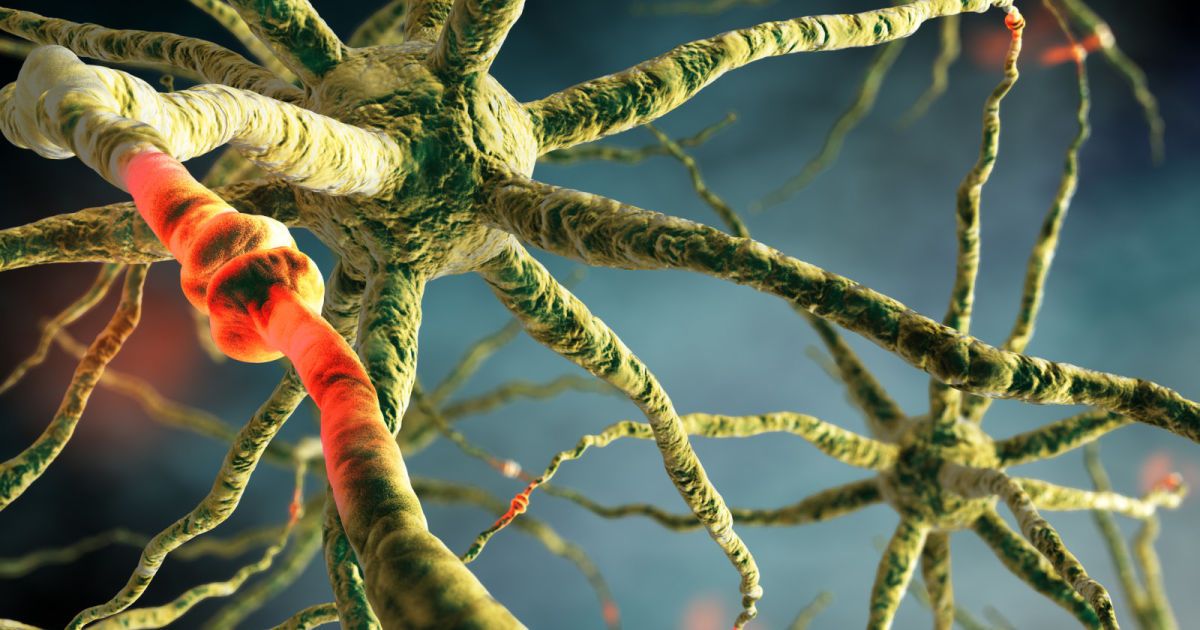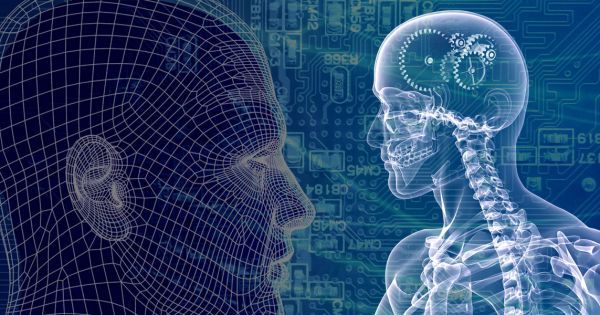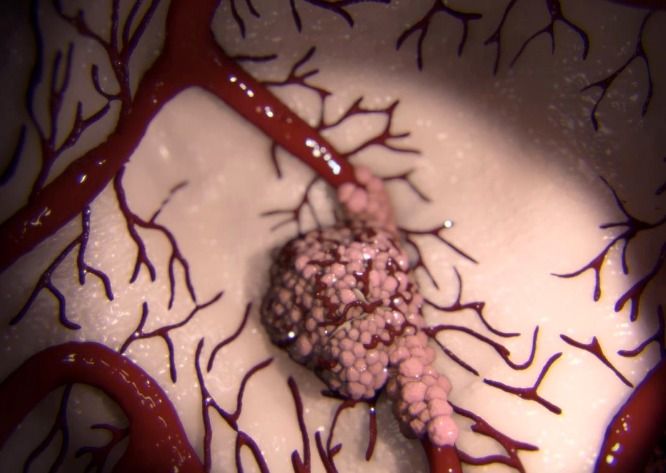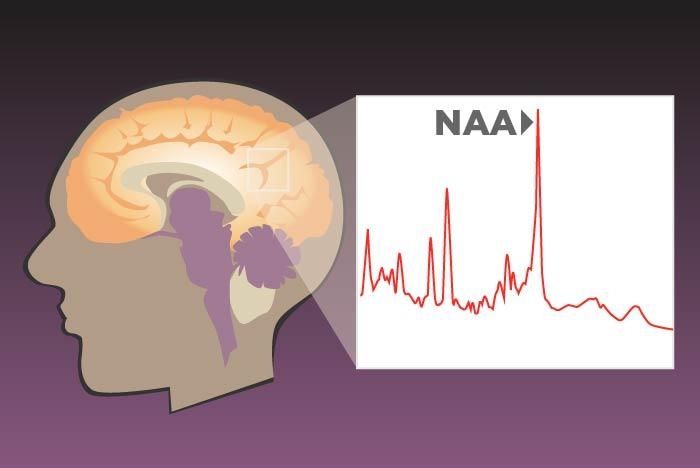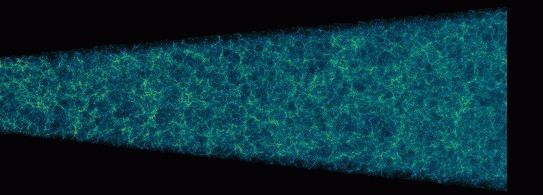The rooms double as detachable flying pods.
Power consumption is one of the biggest reasons why you haven’t seen a brain-like computer beyond the lab: the artificial synapses you’d need tend to draw much more power than the real thing. Thankfully, realistic energy use is no longer an unattainable dream. Researchers have built nanowire synapses that consume just 1.23 femtojoules of power — for reference, a real neuron uses 10 femtojoules. They achieve that extremely low demand by using a wrap of two organic materials to release and trap ions, much like real nerve fibers.
There’s a lot of work to be done before this is practical. The scientists want to shrink their nanowires down from 200 nanometers thick to a few dozen, and they’d need new 3D printing techniques to create structures that more closely imitate real brains. Nonetheless, the concept of computers with brain-level complexity is that much more realistic — the team tells Scientific American that it could see applications in everything from smarter robots and self-driving cars through to advanced medical diagnosis.
Mill’s Blackbird
Posted in transportation
More supercomputer news this week: The US is responding to China’s new Sunway TiahuLight system that was announced Monday, and fast. First, the Department of Energy’s (DOE) Oak Ridge National Laboratory is expected to take delivery of a new IBM system, named Summit, in early 2018 that will now be capable of 200 peak petaflops, Computerworld reports. That would make it almost twice as fast as TaihuLight if the claim proves true. (We had originally reported in 2014 that both Summit and Sierra would achieve roughly 150 petaflops.)
TaihuLight (pictured below) now sits at number one on the twice-yearly TOP500 list of the fastest supercomputers in the world, with a Linpack benchmark score of 93 petaflops and a claimed peak of 124.5 petaflops. The latest TOP500 announcement Monday caused a bit of a stir. Not only is TaihuLight roughly three times faster than China’s Tianhe-2, the prior champion, but it also uses no US-sourced parts at all for the first time, as it’s powered by Sunway 260-core SW26010 processors that are roughly on par with Intel Xeon Phi, as well as custom proprietary interconnect.
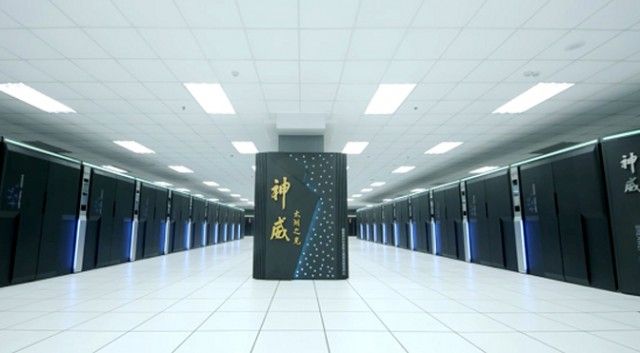
IBM and marketing company The Drum just announced that the AI Watson was able to edit an entire magazine on its own. This showcases the computing potential that AI has in an increasing number of fields.
IBM and a marketing company called The Drum just announced that the AI system known as Watson was able to edit an entire magazine on its own. Yep, an AI magazine editor.
According to a statement released via The Drum, the magazine edited by Watson contains different features that shows Watson’s capabilities. It has different analytical functions, as well as skills necessary to assist modern-day marketers. Also, Watson has been programmed to have the capacity to answer a series of questions about David Olgivy, the “advertising legend,” and was able to give some predictions for the winners of this year’s Cannes Lions awards.
Metastasis (spread of cancer) is one of the biggest challenges in cancer treatment. It is often not the original tumor that kills, but secondary growths. But a key question in cancer research has been how vulnerable cancer cells are able to survive once they break away from a tumor to spread around the body.
“Metastasis is currently incurable and remains one of the key targets of cancer research,” said lead researcher Stéphanie Kermorgant, PhD, from Barts Cancer Institut at Queen Mary University of London (QMUL). “Our research advances the knowledge of how two key molecules communicate and work together to help cancer cells survive during metastasis. We’re hoping that this might lead to the discovery of new drugs to block the spread of cancer within the body.”

The study, published in an open-access paper in Nature Communications, examined the changes that occur in cancer cells as they break away from tumors in cell cultures in mice and zebrafish. The research revealed a previously unknown survival mechanism in cancer cells and found that molecules known as “integrins” could be key.
A new study helps explain how brain structure and chemistry relate to “fluid intelligence” — the ability to adapt to new situations and solve problems one has never encountered before.
The study, reported in an open-access paper in the journal NeuroImage, observed two facets of fluid intelligence*:
The Nuclear Spear: Casaba Howitzer
Posted in military
When a nuclear technology has been kept classified since the 60s, you know that it is worth looking into. The Casaba Howitzer is one configuration for a nuclear shaped charge, that can concentrate the power of an atom bomb into a narrow cone.
In this post, we’ll look at its potential configurations, its advantages and limits, and how it can be applied to both propulsion and warfare.
Origins
Before the Casaba Howitzer, there was Project Orion.

